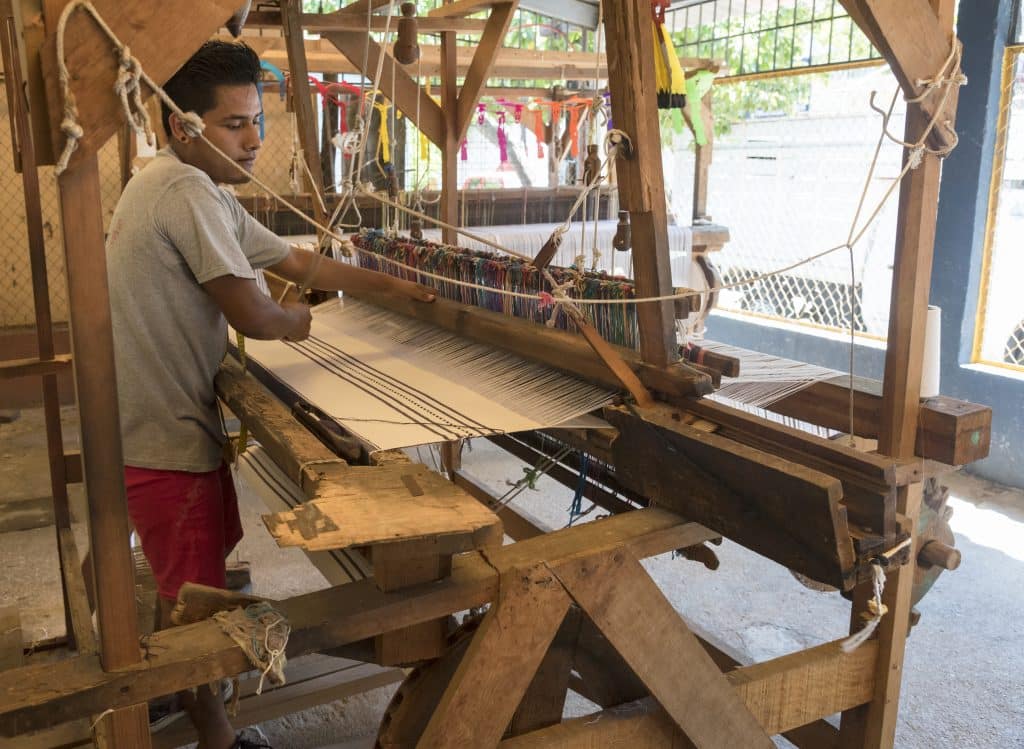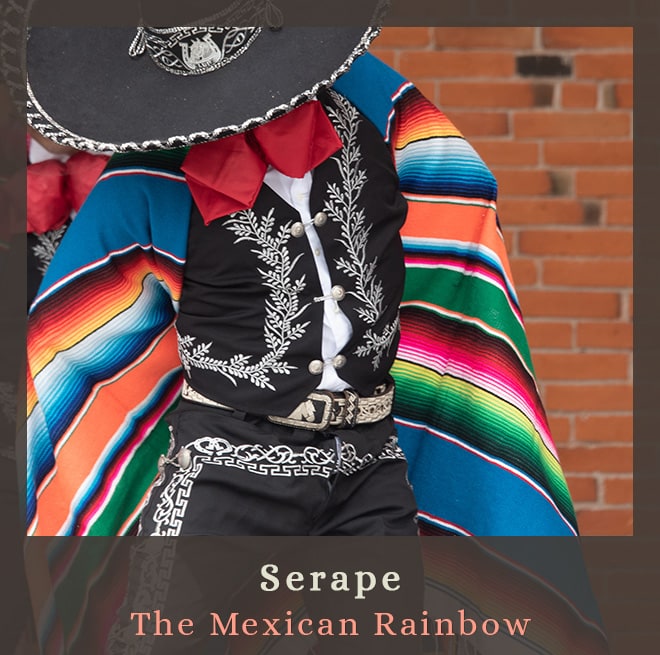Introduction:
Sarape, a colorful and distinctive Mexican textile, is more than just a piece of fabric; it is a cultural icon that embodies the rich heritage and traditions of Mexico. Woven with skill and infused with a riot of colors, holds a special place in Mexican history. It representing the craftsmanship of indigenous communities and the vibrant spirit of Mexican celebrations. In this article, we will delve into the origins, craftsmanship, and cultural significance of the sarape.
Origins of Sarape:
Pre-Columbian Mexico traces the origins of the sarape, crafted by indigenous communities, notably the Zapotec people of Oaxaca. The term “sarape” likely stems from the Nahuatl language, spoken by the Aztecs, meaning “blanket” or “wrap.”
Initially, locals wove sarapes from materials like agave and cotton. The arrival of sheep by Spanish conquistadors introduced wool, altering sarape texture and quality. Weaving techniques and designs evolved over time, merging indigenous and European influences.
Craftsmanship and Weaving Techniques:

Crafting a sarape requires skillful weaving and meticulous attention to detail, making it a labor-intensive process. Different regions contribute unique styles to Mexican textiles, each with its own traditional weaving techniques.
Zapotec sarapes, renowned for intricate geometric patterns, use natural dyes derived from plants and insects. Weavers often use a backstrap loom, allowing for precise designs.
Saltillo sarapes, from the northern state of Coahuila, feature vibrant color combinations and bold stripes. They typically use a pedal loom, offering weavers greater flexibility and speed.
Symbolism and Cultural Significance:

Sarapes are not merely garments; they are laden with symbolism and cultural significance. The vibrant colors and intricate patterns often convey stories, traditions, and beliefs unique to each community. The symbolism embedded in sarapes varies but can include representations of nature, spirituality, and ancestral wisdom.
Beyond their symbolic meanings, sarapes play a central role in Mexican celebrations and rituals.
Modern Adaptations and Global Appeal:

While rooted in tradition, the sarape has undergone a contemporary revival, finding its way into modern fashion and design. The vibrant colors and bold patterns have inspired fashion designers, interior decorators, and artists around the world. Sarape-inspired designs can be seen in clothing, accessories, and home decor, celebrating the enduring allure of this Mexican textile.
The global appeal of sarapes is a testament to the universal appreciation for craftsmanship, cultural diversity, and vibrant aesthetics. From fashion runways to eclectic home interiors, the sarape continues to captivate audiences with its timeless charm and unique artistic expression.
Preserving and Promoting Sarape Artistry:
Despite the challenges posed by mass production and changing market dynamics, efforts are being made to preserve and promote traditional sarape craftsmanship. Artisans and cooperatives across Mexico work tirelessly to ensure that the techniques and artistry involved in sarape weaving are passed down through generations.
Supporting local artisans and purchasing authentic, handcrafted sarapes not only contributes to the preservation of cultural heritage but also empowers communities and sustains traditional craftsmanship. Organizations and initiatives focused on fair trade practices play a crucial role in fostering a sustainable market for authentic sarapes.
Also read this” Rumple Minze: Unravelling the Peppermint Schnapps Experience “
Conclusion:
The sarape, with its vibrant hues and intricate patterns, encapsulates the spirit of Mexican culture and craftsmanship. From its ancient origins to its contemporary adaptations, the sarape continues to weave a narrative that transcends time and borders. As a symbol of identity, celebration, and artistic expression, the sarape stands as a testament to the resilience and creativity of the communities that have cherished and preserved this cultural treasure for generations.
FAQs:
1. What does the word “sarape” mean?
The word “sarape” originates from the Nahuatl language and means “blanket” or “wrap.”
2. What are the traditional weaving techniques used for sarapes?
Traditional weaving techniques for sarapes vary, with Zapotec sarapes often woven using a backstrap loom, while Saltillo sarapes may use a pedal loom.
3. What is the cultural significance of sarapes?
Sarapes hold cultural significance as symbols of identity, storytelling, and tradition. They are frequently worn during celebrations and rituals and convey unique meanings through their colors and patterns.
4. How has the sarape influenced modern fashion and design?
The vibrant colors and bold patterns of sarapes have inspired modern fashion designers and decorators, leading to sarape-inspired designs in clothing, accessories, and home decor.










